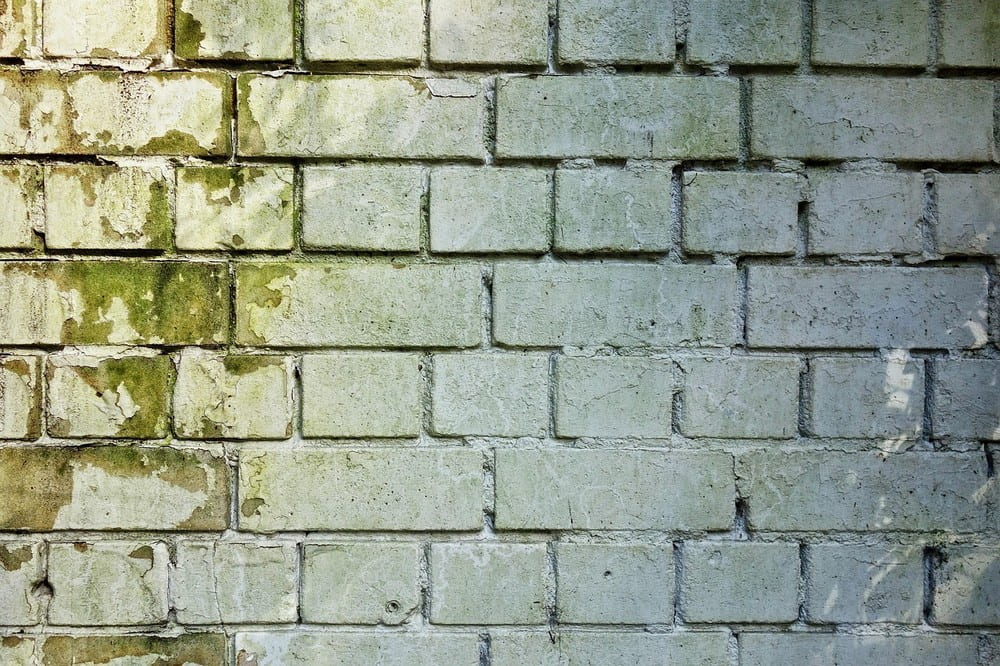Mold is a common yet often overlooked problem in many workplaces. It can grow in various areas, including office buildings, warehouses, and factories, especially when the environment is warm, damp, and poorly ventilated. Mold growth not only poses a health risk to employees but can also damage the structure of a building, leading to costly repairs. Understanding the causes of mold, the risks it presents, and how to address the problem effectively is important for maintaining a safe and healthy work environment.

Causes of Mold Growth in the Workplace
Mold thrives in environments that are damp, warm, and have poor air circulation. Common causes of mold in the workplace include leaky pipes, water intrusion from outside, and high humidity levels. Areas like basements, bathrooms, kitchens, and storage rooms are particularly vulnerable. If the building’s HVAC system isn’t properly maintained, it can circulate mold spores throughout the workplace. Lack of regular maintenance, such as cleaning air ducts or repairing leaks, can allow mold to grow unchecked and spread rapidly.
Identifying Mold in the Workplace
Detecting mold early can help prevent further health risks and structural damage. Visible signs of mold include black, green, or white patches on walls, ceilings, and floors. Mold may not be visible but may present itself as a musty odor. Employees should be encouraged to report any signs of mold, such as strange smells or visible spots on surfaces. Regular inspections and maintenance checks should also be conducted to ensure that mold growth is identified before it becomes a larger issue. Keeping an eye on areas with high moisture, like restrooms or near water pipes, can also help prevent mold growth from going unnoticed.
How to Get Rid of Mold in the Workplace
To effectively get rid of mold in the workplace, it’s important to address the moisture problem first by fixing leaks and improving ventilation. After resolving the moisture issue, focus on effective mold cleanup, which can often be done with soap, water, and a disinfectant for smaller infestations. If the mold growth is extensive, it’s best to call a professional mold remediation service. These experts will ensure thorough mold removal and apply treatments to prevent it from returning. Regular inspections and maintenance are key to keeping the workplace mold-free and healthy for all employees.
Health Risks Associated with Mold Exposure
Mold can be harmful to both employees and employers if left unchecked. When mold spores are inhaled, they can lead to respiratory problems, allergic reactions, and other health issues. Common symptoms of mold exposure include coughing, sneezing, headaches, fatigue, and skin irritation. Prolonged exposure can worsen these symptoms and even lead to more severe conditions like asthma, bronchitis, and other chronic respiratory problems. Individuals with weakened immune systems or preexisting respiratory conditions are particularly vulnerable to the effects of mold exposure.
Risks of Mold on Property and Equipment
Mold can cause significant damage to the workplace environment itself. Mold thrives on organic materials like wood, paper, and fabric, which means it can gradually destroy walls, furniture, carpets, and office supplies. This leads to costly repairs or replacements. Mold can weaken the structural integrity of buildings, causing issues like rotting wood or corrosion of metal surfaces. Mold exposure can also damage important equipment and machinery, especially when moisture accumulates. Rust and malfunctioning parts are common results, which can disrupt daily operations and reduce productivity, creating financial strain for businesses.
Preventing Mold in the Future
Prevention is always better than cure when it comes to mold. Regular maintenance is important to avoiding future mold problems. Keeping the workplace well-ventilated, especially in areas prone to moisture such as bathrooms or kitchens, helps to prevent mold growth. Using dehumidifiers in high-humidity areas can keep moisture levels in check, reducing the likelihood of mold development. It’s also important to regularly inspect plumbing, roofs, and air conditioning systems for leaks or signs of moisture. Employees should be trained to recognize early signs of mold and report them promptly, ensuring swift action can be taken. By staying proactive with maintenance and prevention, employers can ensure a safer and healthier environment for all.

Mold in the workplace is not only a health hazard but also a threat to the integrity of the building and its equipment. Identifying the causes of mold growth, understanding the risks it presents, and taking the necessary steps to remove and prevent it can help protect employees and the workplace environment. By taking prompt action and adopting preventive measures, employers can maintain a safe and healthy workspace, reducing the risk of mold-related problems and ensuring the well-being of everyone in the office.








